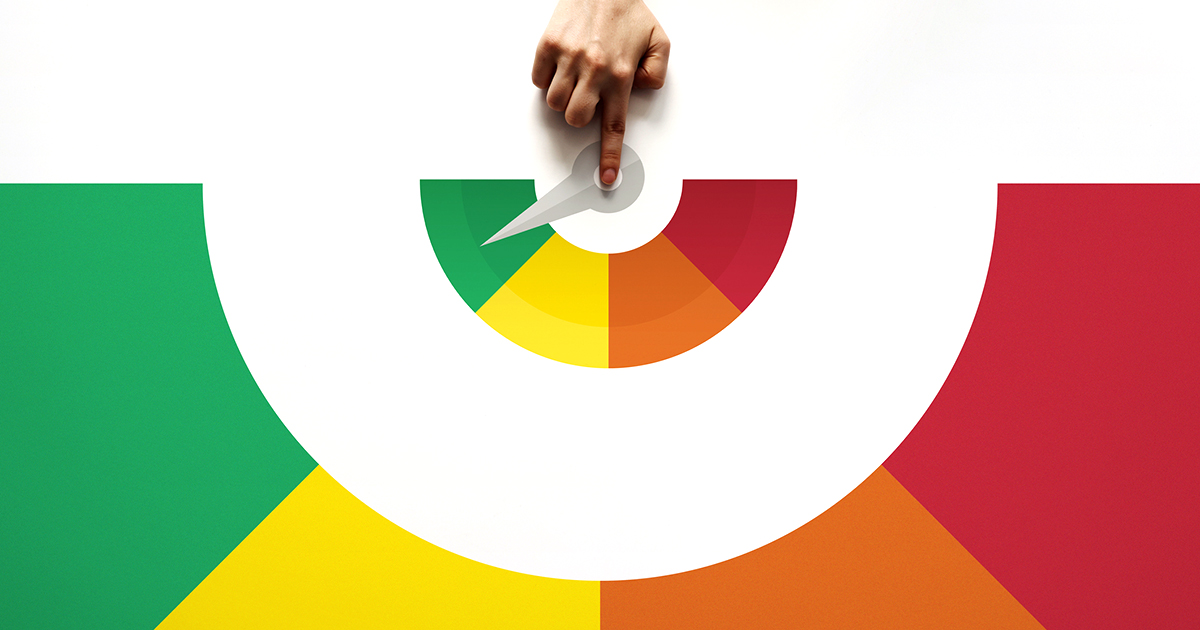Maybe you’re a big HP buff and you wish you had an invisibility cloak, or at times, maybe you’ve even felt invisible in public settings. While invisibility has its perks in some situations, credit is not one of those. When it comes to finances, approximately one in 10 American adults are considered credit invisible, according a Consumer Financial Protection Bureau report. Keep reading to learn what it means to be credit invisible and how to build credit.
What does it mean to be credit invisible?
The credit invisible are people with no credit history. They may handle their finances primarily in cash, or with a checking and savings account. Since checking and savings accounts are not reported to credit bureaus, this means they have no report at the three national credit bureaus due to a lack of loans and credit cards.
An invisible credit score’s impact on your financial future
Having no credit score can make it challenging to get a loan to pursue your dreams, as well as for use in emergency situations. Some of the most common impacts of having no credit score or being credit invisible include:
- More housing hoops to jump through. When you are applying for housing, such as a lease on a condo or renting an apartment, the landlord will check your credit score. Property management companies check credit scores as one tool they use to see how likely you will be to pay your rent. When you don’t have a credit score (or have a very low score), your application may be denied, or you may need to pay a higher security deposit.
- Challenges with loan approvals. When you apply for a loan, a big piece of the approval process includes reviewing your credit report and credit score to see what types of payments you currently make on a regular basis. This helps lenders gauge how likely you are to make your payments on time for the loan or credit card you are applying for. When you do not have a credit report, your lender may ask you to provide additional financial history, such as statements from utility bills and other various expenses, so they can manually review your financial habits.
How you can build your credit
Building your credit takes time and commitment, but it’s not as complicated as you may think. Here are a few steps to take to build your credit:
- Get a secured loan. Often called a credit builder loan, a secured loan from a financial institution allows you to take out a loan for a set amount, which you must maintain in your savings account. For example, at Verve, if you maintain $1,000 in your savings account, you can get a share pledge loan for $1,000.
- Report your regular payments. Recurring payments that you make, such as rent or your utility bills, can make a big impact on your credit score (payment history makes up approximately 35% of your credit score with most credit bureaus). The downside is these payments aren’t typically reported to credit bureaus, so you will need to ask your landlord or utility provider to send your payment history to the credit bureaus.
- Open a secured credit card. Another option to build credit is to open a secured credit card through a financial institution. Like a secured loan, a secured credit card gives you a credit limit that’s tied to an amount you’ve committed to keep in savings (think of it as a security deposit for your credit card). The key is to be sure to make your credit card payment on time each month and aim to pay it off in full if you can.
Want a little help with building your credit? Contact a financial coach at Verve to talk about your options (P.S. It’s free!).
Check out more tips for improving your credit in our monthly blog posts here.






 Federally Insured by NCUA |
Federally Insured by NCUA |  Equal Housing Opportunity |
Equal Housing Opportunity |